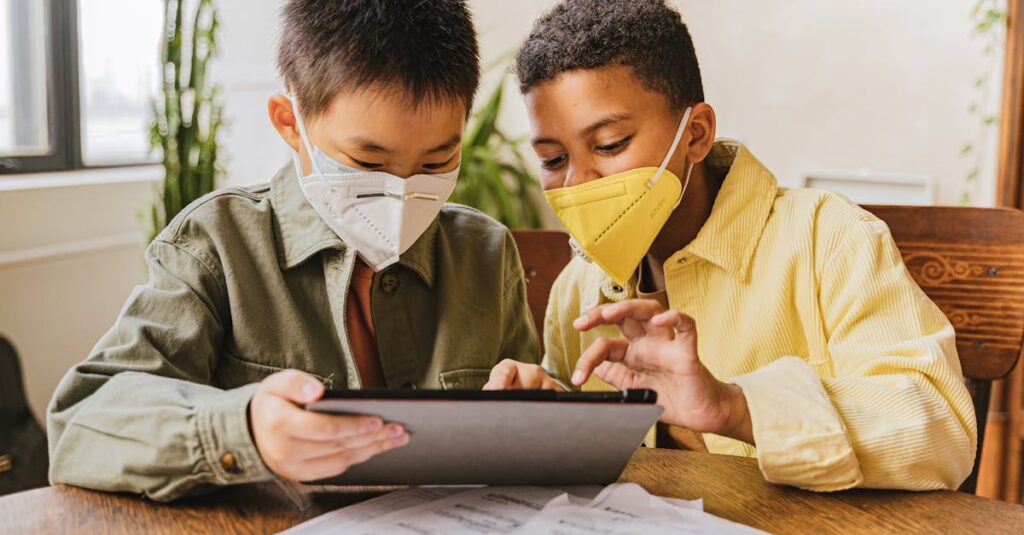Setting the Scene: Early Encounters with AI
Remember the first time your child interacted with a smart device? The amazement in their eyes was probably as vivid as their first steps. Today, AI and ChatGPT are becoming those new first steps in digital learning. Kids are naturally curious, and with AI technologies becoming more accessible, they’re diving headfirst into these digital encounters. While some parents worry about the implications, there’s undeniable evidence that AI can be an extraordinary educational tool. But, how do we balance this digital tightrope, ensuring our kids reap the benefits without the pitfalls?
ChatGPT: A New Playground or a Digital Foe?
ChatGPT, hailed as a technological marvel, is transforming how our kids learn and play. It’s like a playground that’s open 24/7, filled with endless conversations and information. But could this playground have hidden nuances?
Certainly, there’s the good: enhancing vocabulary, boosting creativity, and offering personalized learning experiences. Yet, there’s also a flip side: overreliance, decreased human interaction, and the potential for misinformation. Navigating this requires awareness and strategies to ensure that ChatGPT becomes a tool for growth, not a barrier.
Emotional Rollercoasters: Understanding Kids’ Reactions
Witnessing your child laugh with a screen might be heartwarming until you realize they’re chatting with an AI. This complex relationship can trigger a mix of emotions, from joy at seeing them engaged, to concern over the nature of this digital companionship.
Exploring these emotional dynamics is essential. Understanding that kids might form attachments, experience frustration, or even confusion with AI interactions is the first step. Recognizing and addressing these feelings can foster resilience and healthy digital habits.
By acknowledging and supporting your child’s emotional journey in the digital world, you can help them navigate the ups and downs of their interactions with technology.
Practical Tips for Parental Guidance
How do we steer our children towards beneficial AI interactions? The key is not avoidance but guidance. Start by setting boundaries; this includes screen time limits and supervised AI usage. Encourage them to share their AI experiences with you. Similarly, diversify their activities; a mix of digital learning, outdoor play, and face-to-face interactions offers a balanced development. Moreover, educating them about the nature of AI, its benefits, and its limitations empowers them to be discerning digital users.
Encouraging Healthy Digital Interactions
Fostering a healthy digital ecosystem for our children involves more than just monitoring and restrictions. It’s about encouraging curiosity while instilling digital wisdom. This means embracing AI’s potential to enhance learning, while also teaching our kids to navigate its challenges.
Engage in AI-related activities together, discuss the content they explore, and guide them in questioning and critically assessing digital information. By doing so, we’re not just overseeing their digital journey but joining them, ensuring a safer and enriching online exploration.

